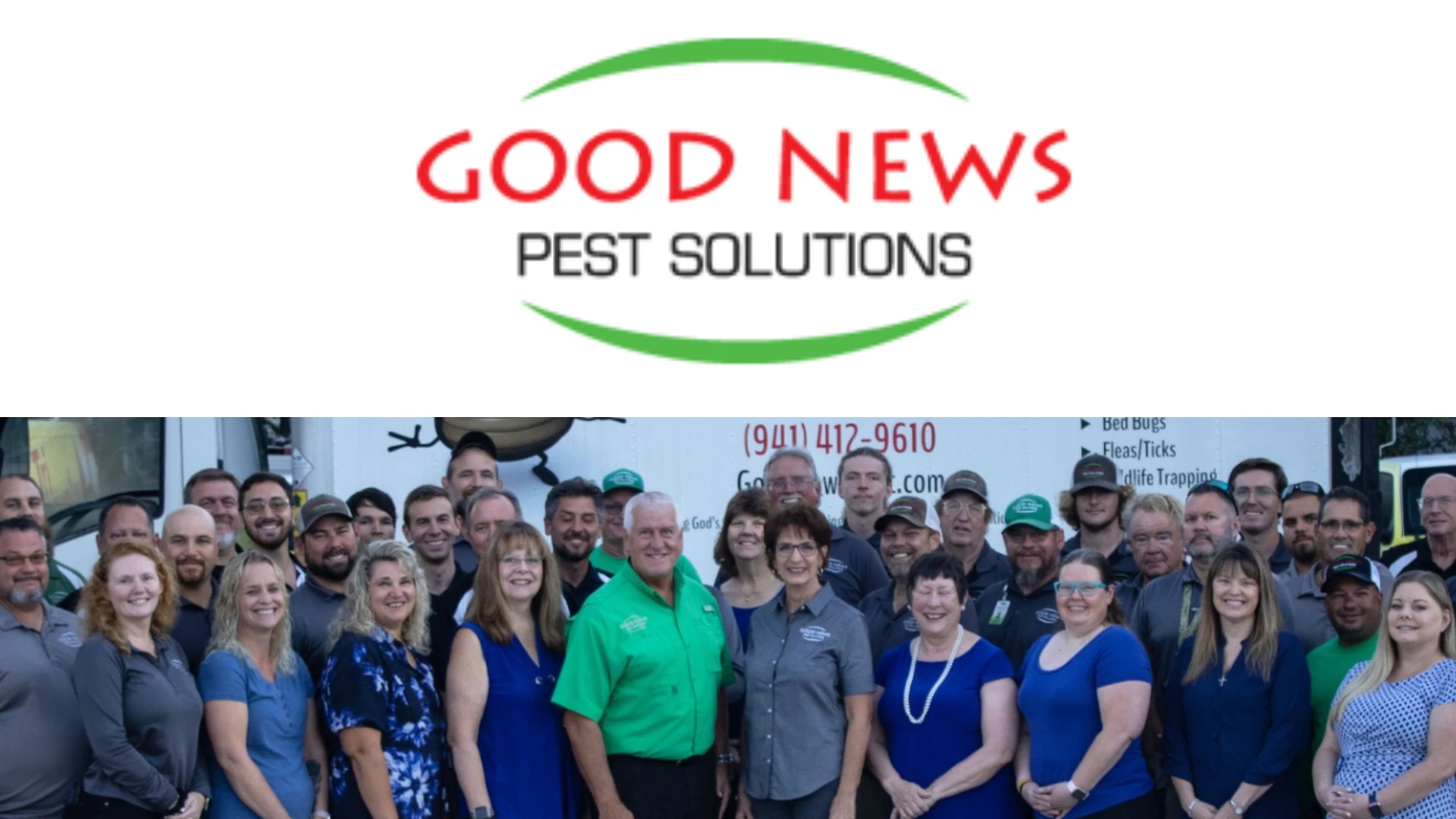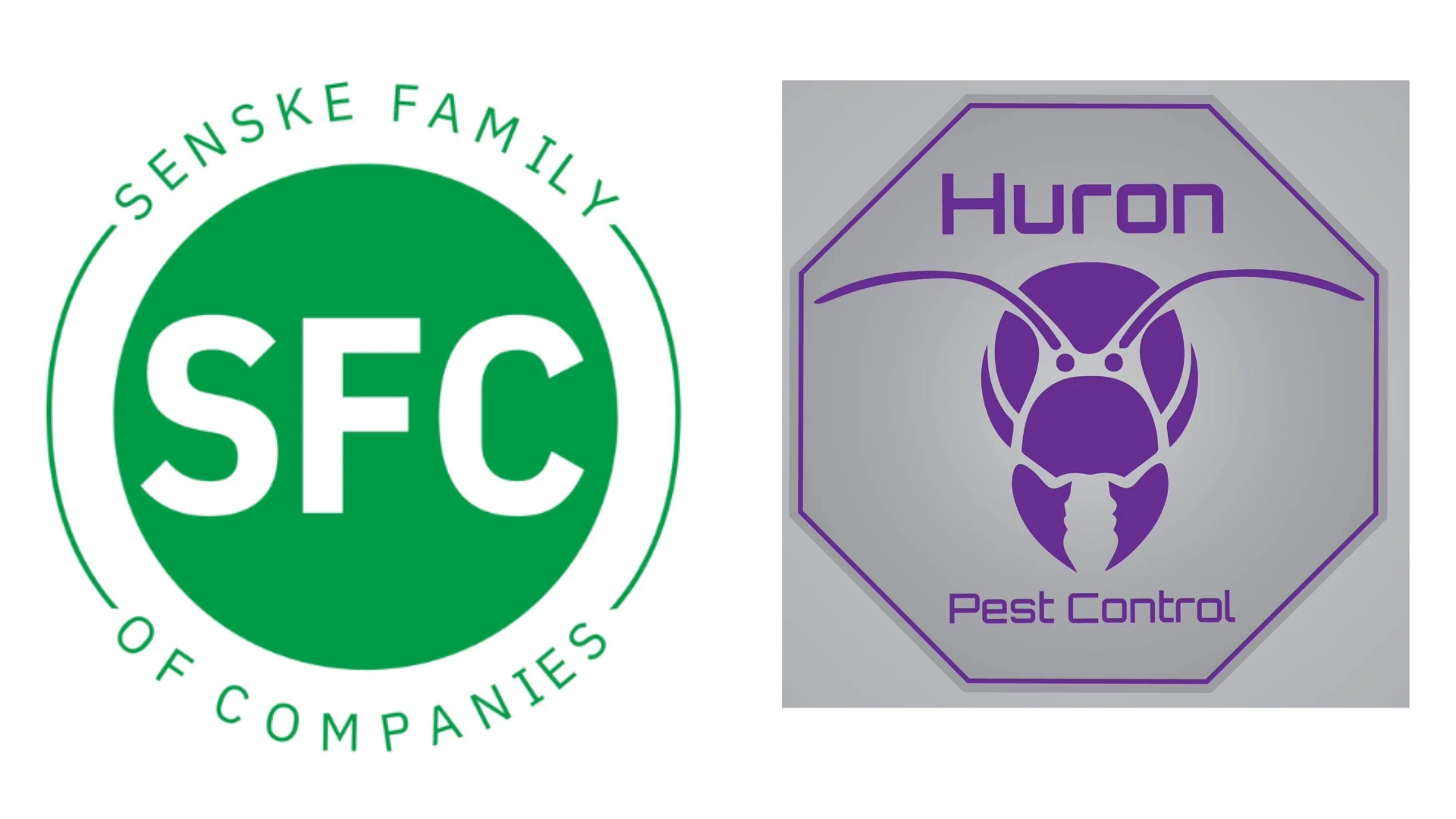Is Online Couponing Right for You?
By Donna DeFranco
 Editor’s note: Online couponing is just one aspect of social media. PCT surveyed its readers earlier this year about how they use social media in their pest management firms. The results of that survey appear throughout this article.
Editor’s note: Online couponing is just one aspect of social media. PCT surveyed its readers earlier this year about how they use social media in their pest management firms. The results of that survey appear throughout this article.
Groupon is being widely celebrated as the fastest-growing company in history. The rise of Google, Amazon and eBay all take a backseat to the jackrabbit start of this three-year-old enterprise. It has spawned an age of group-buying fever that is captivating consumers and businesses alike. In fact, daily deal aggregator Local Offer Network reports that group buying is expected to generate revenues of $2.7 billion in 2011 — up from $1.1 billion in 2010.
But is this new marketing alternative a good fit for your pest control business?
In short, Groupon and other group-buying Web sites, which are springing up in local markets and vertical industries across the nation at an amazing rate, work like this: A firm offers a service at a reduced rate, the deal site communicates the deal to its subscribers via e-mail and/or social media and, as subscribers buy the online coupon, the business and the deal site share the take at an agreed-upon percentage. The group buying aspect comes into play as many of these sites determine a "tipping point" — the minimum number at which a deal becomes active.
 Home advice site Kudzu.com operates a little differently with its Today's Great Deal program, particularly when it comes to the tipping point. "As a vertical site in the home space, we work closely with service businesses and know that it's actually more important for them to identify a maximum number of deals they can manage rather than a minimum," says Kudzu Vice President and Chief Marketing Officer Rhonda Hills. "Selling pest control services is different from selling a restaurant meal or activity in which the customer travels to you. Your technician needs to travel to the customer, and this can be an expensive proposition."
Home advice site Kudzu.com operates a little differently with its Today's Great Deal program, particularly when it comes to the tipping point. "As a vertical site in the home space, we work closely with service businesses and know that it's actually more important for them to identify a maximum number of deals they can manage rather than a minimum," says Kudzu Vice President and Chief Marketing Officer Rhonda Hills. "Selling pest control services is different from selling a restaurant meal or activity in which the customer travels to you. Your technician needs to travel to the customer, and this can be an expensive proposition."
Hills' insight brings up the burning question of which type of site offers pest control operators the better opportunity: a horizontal like Groupon, which markets everything from manicures and meals to Pilates and pest control, or a vertical like Kudzu, which is singularly focused on home-improvement deals. PCOs who have tried online deals seem to think there's a place for both. Verticals offer an audience who's already tuned in to the needs of their homes, but horizontals take the deal to a broader audience, including many individuals who weren't thinking about pest control, but, come to think of it, might want to give it a try.


Brian Lunsford, president and co-owner of Inspect-All Services in Atlanta, has run multiple deals with Kudzu in 2011. "We firmly believe that the best way to advertise is online," he said. "Over the past few years, we've invested heavily in Web-based marketing and realized magnificent results. Earlier this year, the folks at Kudzu approached us with an opportunity that fit what we were looking to do and everything progressed from there. Kudzu's Great Deal online couponing campaign has enabled us to add new customers in bulk. We're currently in talks with a few other reputable couponing sites — including Groupon — as well, and will likely move forward with some of those opportunities before the end of the year."
Miranda Sherman, marketing and advertising manager of American Pest, headquartered in Fulton, Md., and serving the Washington D.C., Maryland and Northern Virginia markets, says that the success of an Angie's List Big Deal inspired her team to try Groupon. "In April, we ran a 24-hour deal with Angie's List that generated 94 unique residential clients," she said. "In June, we tried a weeklong deal with the Groupon Home & Garden Network and obtained 195 new residential clients." (Washington is one of 10 cities where Groupon has a dedicated home-and-garden deal site.)
American Pest's Groupon offer was an initial pest control service for $69, $79, $89 or $99, based on the square footage of the consumer's home. The value ranged from $179 to $209.
"We consider our investment minimal given the outstanding results," Sherman says. "Our marketing team is researching other networks, such as LivingSocial, DealFind, The Capitol Deal and So What's the Deal, in an effort to strategize similar promotions with other networks in 2012."
Keith Birkemeyer, A.C.E., owner of ProBest Pest Management in Gilbert, Ariz., is looking to expand his company's online couponing activity as well. "Kudzu approached me, and it really got the ball rolling," he says. "We've done three deals over the past year and picked up 13 new regular customers. For us, it's been a perfect match. I'm talking now with another local Phoenix provider about doing an online program just before termite season begins. We've also thought about offering a deal on our own Web site. Marketing has changed: We got out of the phone books years ago and have shifted our focus to Internet opportunities."
Tips for Getting Started. If you think you'd like to give online couponing a whirl, here are some suggestions:
Research your alternatives. You can start with the big names like Groupon, Kudzu, Angie's List and LivingSocial, but remember, too, that if you're located in a relatively large metro area, there are probably local opportunities as well. Ask other home service providers in your area which deal sites they've used and what kind of results they generated. Ask if they would use the service again.
Ask questions! "You always need to research new marketing opportunities before you jump in," advises Wes Hamel, president of PCOcentral, a Maine-based marketing firm for pest control companies. "For online couponing, it's important to ask the representative of the organization how the offers of other pest management companies in your geography have been received. Understanding your market is extremely important."
You can start with these questions:
- What are the demographic characteristics of your subscriber base? (Are they homeowners?)
- Can you share the results of other local pest control or home service providers' deals?
- What tools do you provide for us to gather more customer information and address inquiries?
- Do you offer the opportunity for customer reviews to be posted?
- What are your terms and conditions?
Offer a deal you can deliver on. As Hills mentioned, offering more deals than you can manage is a recipe for disaster. She also recommends that you take other logistical considerations, such as location, into account. Kudzu provides a team of advisors to work with PCOs to determine which type of offer is a great deal for your business (as well as new customers). "Ideally, you should create an offer that can open the door for future business and a full-price service," says Hills. "Also, clearly define your service area so that you attract the kind of customers you are equipped to service on a regular basis."
Lunsford says he's found that three factors determine whether a deal is a hit or a miss:
1. Price. "Your proposal had better be well below market value and not laced with too many stipulations."
2. Timing. "If it's January in Atlanta, don't go all-out on a 50 percent off mosquito deal; instead, hype a rodent special during that season."
3. Online reputation. "Before you propose a deal, make sure your company has, at a minimum, a handful of recent positive online reviews; never underestimate the power of looking good on the Web."
Make sure your Web site features customer reviews. Remember that potential customers are likely to visit your site for company information and to check out your reviews.
"Companies with consistently high reviews generate the bulk of redemptions at Kudzu," says Hills. Kudzu works with merchants to solicit testimonials and posts those reviews so that consumers can immediately see the caliber of company offering the deal. "You want genuine, real-life testimonials that say you go above and beyond to provide the best possible service."
Figure out the finances. Deal sites are generally set up so there's no up-front fee for you; rather, the site takes a cut of every deal you sell. What you need to determine is whether you can afford to provide the service you're offering at the net payment you'll receive. Much of this has to do with your confidence in your sales team: What percentage of the new customers you attract will your team be able to turn into lasting relationships? How many visits will result in upsell opportunities?
Lunsford shares his experience: "Even though we don't make a substantial amount on the front end, we usually capture the crucial recurring revenue. For example, if a consumer purchases our half-off termite treatment deal, they're likely to continue to pay the renewal fees each year. Our thinking is that we'll take a slight hit on the initial treatment but retain those customers for years to come — especially after they see the quality of our work."
Sherman cautions that you should factor in the unique terms and conditions of each deal company: "If the deal company agrees to split the profits 50/50 or 60/40, you can anticipate an additional credit card processing fee (1.25 percent or more) and possibly start-up fees for graphic design and other services. Other issues to look into include the refund policy, payment terms and tax liability." In short, do the math to make sure this deal delivers real value to your business.
Prepare for the blitz! Alert your offices and every member of your team that they are likely to get hit with a barrage of customer calls, particularly on the day the deal goes live. Create and communicate a plan for scheduling and servicing the additional customers.
Lunsford suggests, "Implement a game plan with your technicians to ensure the work will be completed in a timely fashion. If buyers have to wait a month for your company to render a pest control treatment, they may ask for their money back and choose one of your quicker competitors. Also, if the host Web site incurs multiple refund requests, they will likely be reluctant to ever feature your business again."
The author is a Cleveland-based freelancer. She can be reached at ddefranco@giemedia.com.
The Secret to Social Media Marketing Success
By Bob DeStefano
If you follow the latest trends in online marketing, and maybe even if you don't, you are probably hearing plenty of buzz about social media. Marketing professionals throughout the world are praising social networking sites like Facebook, Twitter and LinkedIn as the answer to all of our marketing prayers.
So, what is social media marketing and should you jump on the bandwagon? In this article, my goal is to separate the hype from the helpful in social media marketing, so you can figure out if your business should dive in and integrate social media into its marketing mix. And if you decide to take the plunge, I will provide you with the secret to social media marketing success.
 Social Media Marketing? There is a lot of confusion about social media marketing and its various components, so I feel it is important to define a number of terms:
Social Media Marketing? There is a lot of confusion about social media marketing and its various components, so I feel it is important to define a number of terms:
- Social Media: Social media is a broad term used to describe information created in text, image, audio and video forms that can be shared easily and distributed online.
- Social Networks: Social networks are online destinations that allow people to share social media with their followers, friends and connections.
Thus, social media marketing involves leveraging social networks to share relevant and interesting social media content with your network of fans, followers and connections. Social media marketing campaigns typically focus on creating compelling content that attracts attention and encourages readers to share it with their social networks.
A simple way to understand social media marketing is to think of it as public relations. However, instead of pitching the media, you are pitching your peers. By sharing useful and relevant content with members of your network, your message can achieve a tremendous reach as your network shares your content with members of their networks, who shares it with members of their networks, and so on, and so on and so on.
The Secret to Success. The secret to success in social media marketing is to stop marketing your products and services. You need to stop thinking you are only in the business of pest management. You are also in the business of knowledge. You need to market your specialized knowledge to demonstrate to prospects and customers that you are the expert in your field. In other words, you need to become a content marketer.
Content marketing involves creating and distributing relevant and valuable content to attract, acquire and engage clearly defined target audiences with the goal of driving action. Content marketing needs to serve as the cornerstone of your social media marketing strategy — creating educational items that are considered interesting, relevant and useful by your prospects and customers. The following social media should serve as your content marketing backbone:
• Articles: Articles are a fantastic content marketing tool. By creating 500- to 1,000-word educational articles that demonstrate a best practice, you can showcase your expertise and demonstrate to your customers that you understand their needs.
• Blog Posts: Blog posts are insightful and timely Web content highlighting important insights, industry news, observations and other useful information. Blog readers are encouraged to share their comments, allowing for a two-way dialogue. Your blog should be updated regularly with at least one new post per week or month. Blog posts offer a great opportunity to keep your Website content current and relevant.
• Presentations: PowerPoint or similar software can be used to create educational presentations that are oriented toward a particular industry challenge, best practice or training topic. These presentations can be 5 to 50 pages in length — whatever it takes to make your point.
• White papers: White papers are topical, educational reports or guides that are oriented toward a particular industry challenge, opportunity or best practice. Generally, white papers are 8 to 15 pages in length and can really help you demonstrate thought leadership on issues that are important to your customers.
• E-Books: E-Books are like white papers on steroids. They generally range from 20 to 50 pages, and present complex information in a compelling and entertaining way.
• Videos: If a picture is worth a thousand words, a video is worth a million. Use online video to demonstrate a product, illustrate a best practice, allow customers to see your company behind the scenes, etc. Online videos do not have to be professionally produced — a simple digital camera will work well. The key is to film content your customers will find useful and actionable.
• Webinars: A Webinar is a seminar that is conducted over the Web that participants can easily view from their office or home — either live or on-demand. Most Webinars include a visual slide presentation, as well as an audio broadcast that is accessed either over the computer or phone. Generally, Webinars are 30 to 90 minutes in length and can include an interactive portion to respond to attendee questions.
• Podcasts: Podcasts are audio content that people can listen to on your Website or download and listen to on their MP3 devices, like iPods. Podcasts are easy to produce and provide an opportunity for you to speak directly to your audiences and share your knowledge.

Your Website should serve as the hub of your content marketing efforts. Create great content in a variety of social media formats, publish them on your Website and use the following social networks to spread the word:
LinkedIn – The Social Network for Business
LinkedIn (http://linkedin.com) is the most "professional" of the major social networking Websites with more than 100 million professionals, half of which are based in the United States. Since it is largely focused on business-to-business connections, Linked-In should be a big part of your social media marketing strategy. At its most basic level, LinkedIn allows you to set up a personal profile and connect with other professionals you know or want to know. Then, your "connections" will receive status updates on a regular basis as you update your profile.
LinkedIn is a great content marketing tool. In addition to information about your work experience and education, your LinkedIn profile can be enhanced to showcase your social media content, including status updates with links to your Website, blog posts, presentations, events, videos and other content. In addition, by participating in LinkedIn Groups, you can share your social media with your target audiences even if they are not one of your direct connections.
Facebook — The Social Network for Friends
Facebook (http://facebook.com) is by far the largest social networking Website with more than 750 million registered users. Its user base is so large that if Facebook were a country, it would rank third largest in population behind China and India. For the most part, Facebook is a place for friends —providing a platform for friends to connect (or reconnect) and share ideas, happenings, photos, videos and other information. It also offers a bunch of widgets and apps that you can integrate into your Facebook page to make it more engaging.
While it is not primarily designed as a business tool, you can use Facebook as a content marketing tool. As a business, you can create a Facebook "Page" for your company, which is a public-facing Facebook destination that all of your customers can easily access. Your Facebook Business Page can serve as a valuable outpost allowing you to bring your great social media content directly to your customers. Just remember to always direct them back to your website for more.
 Twitter — The Social Network for Shouting
Twitter — The Social Network for Shouting
Twitter (http://twitter.com) is the fastest growing social network with more than 200 million registered users since its launch 2006. Twitter is a place for shouting ideas, providing a fast-paced platform for you to broadcast 140-character messages, called "Tweets" to your "Followers." People can choose to follow others and receive updates on all their tweets. A major difference between Twitter and other social networking Websites is that you do not need other people's permission before you can follow them.
While it is not as targeted as the other social networking sites, Twitter can still serve as a content marketing tool. Build a following and start tweeting compelling messages to tout your social media content. Provide links back to the content on your Website, using services like Bit.ly (http://bit.ly) to shorten the links. Finally, include appropriate "hashtags" (e.g., #___) in your messages so your tweets can be found by other people interested in the hashtag topics.
Google Plus (AKA Google+) — The Social Networking Game Changer?
Google Plus (http://plus.google.com) is the latest addition to the social networking landscape. In its first three weeks it had more than 18 million registered users and is receiving rave reviews. While I am still conducting my own review of the service, its value appears to be in how it combines the best features of LinkedIn, Facebook, Twitter, Skype and other online services, while improving on their limitations. Time will tell if Google Plus will be the social networking game changer that it appears to be. Stay tuned!
Bob DeStefano, president of SVM E-Business Solutions, is an online marketing strategist and professional speaker with more than 16 years experience helping B-to-B companies leverage online marketing. He can be reached by calling 877/786-3249 x3 or on the Web at www.svmsolutions.com or www.bobdestefano.com.
WANT MORE?
Enter your email to receive our newsletters.

Explore the December 2011 Issue
Check out more from this issue and find your next story to read.
Latest from Pest Control Technology
- Webinar: Employee Incentives — Going Beyond the Annual Raise
- Pest Control Companies Helping Neighbors in Need Eradicate Bed Bugs
- Why Does Marketing Feel So Opaque?
- How Did This Pest Get Its Name?
- Rose Pest Solutions Honors Top Performers with Annual Chief’s Club Awards
- Doug Foster on Termite Control Equipment, Resources
- Pest Control Consultants Acquires EcoGuard Pest Control
- Pest Index Increased 9 Percent YOY in February





